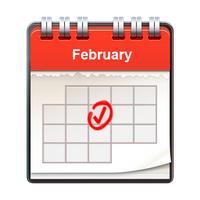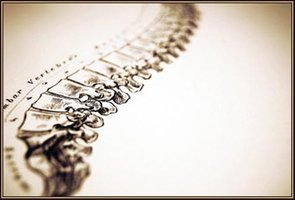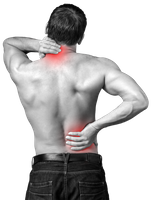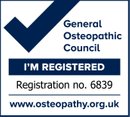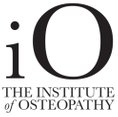Havant, Hayling & Portsmouth
023 92484184
or call us on 07891 650867
What is Osteopathy?
Osteopathy is a form of manual therapy with a person centred approach that strives to provide the optimum conditions for health, by working with your body’s own healing mechanisms to achieve results.
Osteopaths see a variety of people, young or old, from office workers to manual workers, busy mums to stressed-out professionals, exercise-addicts to tele-addicts.
Health risks to treatment are extremely low, and osteopaths are trained to be aware of any risk factors that might contra-indicate treatment.
Treatment consists of articulation of joints and stretching of your muscles along with some careful osteopathic manipulations. People may fear the clicking and popping of joints which may occur during treatment this is simply a separation of a vacuum within the synovial joint. If you have any concerns please don’t hesitate to ask.
Assessment & Examination |
During Treatment |
Aftercare |
What is Medical Acupuncture?
Medical Acupuncture or ‘dry needling’, as it is also known, unlike Traditional Chinese Acupuncture does not utilise all of the traditional ideas with the meridians and acu-points. Instead it works on the understanding of anatomy, physiology and pathology.
A common problem treated is myofascial pain with trigger points, tight painful regions in a muscle which surprisingly may cause symptoms in the arms and fingers. Dry needling is an invasive procedure in which a filiform needle is inserted into the skin and muscle directly at the myofascial trigger point which consists of multiple contraction knots. These are related to the production and maintenance of the pain cycle.
It elicits a local twitch response (LTR), an involuntary spinal cord reflex, in which the muscle fibers in the taut band of muscle contract. The LTR indicates the proper placement of the needle in a trigger point. Dry needling that elicits LTRs improves treatment outcomes and may work by activating natural pain-relieving ‘endogenous opioids’. The activation of the endogenous opioids is for an analgesic effect using the Gate Control Theory of Pain.
Inserting the needle can itself cause pain initially but this tends to dissipate quickly.
Assessment and Examination:
When you first visit you’ll be asked about your current symptoms as well as about your general health, diet, activities and lifestyle, and any previous medical history.
All information is treated confidentially with the standards of practice set out by the General Osteopathic Council (GOsC) and Data Protection Act 1998.
After an initial assessment with orthopaedic and neurological examination the osteopath will discuss the best course of action, the likely frequency of treatment required and the cost involved.
During the treatment:
The practitioner may require you to undress to your underwear in order to complete the examination, a gown can be provided if you wish, however wearing shorts, loose fitting or flexible clothing is preferable.
Aftercare:
Reactions to treatment are rare, but it is common to feel sore the following day after a treatment in which case a cold compress on the area for 5 minutes every hour is advisable.

